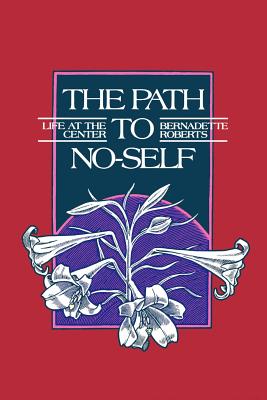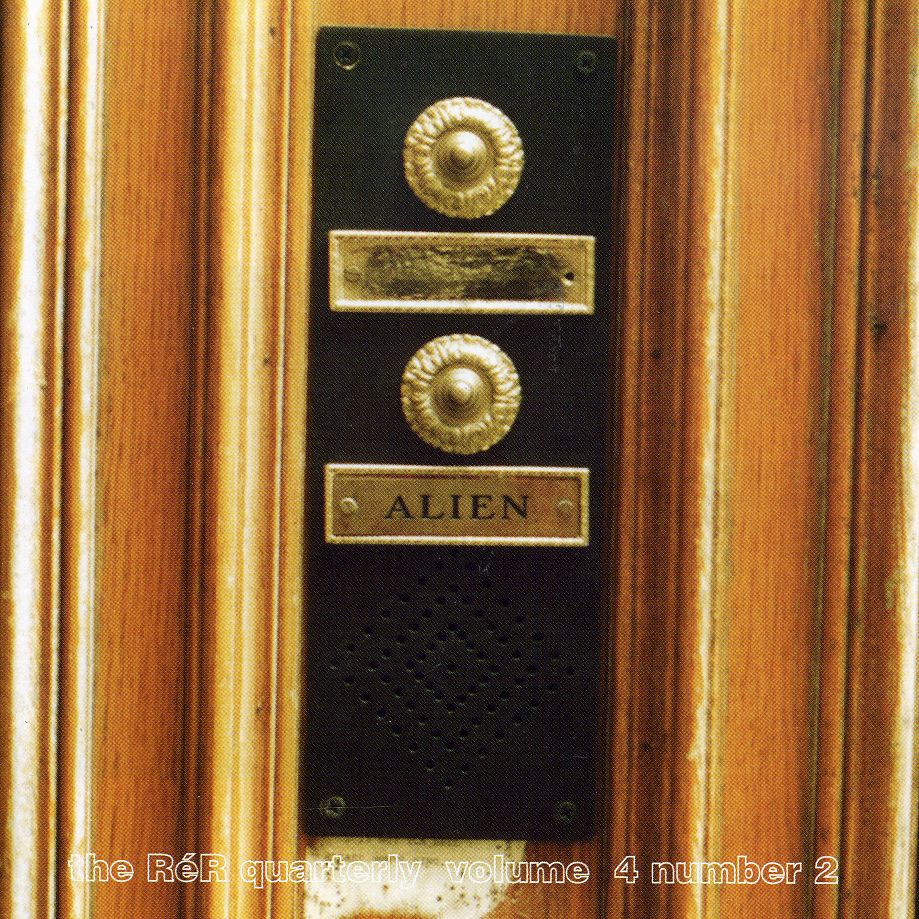
description
2This book shows how, once we have adjusted to the unitive state, the spiritual journey moves on to yet another more final ending. In our major religious traditions, the outstanding milestone in the spiritual journey is the permanent, irreversible transcendence of the self center or ego. The fact that a great deal has been written about the journey to this point means that many people have come this far. But what, we might ask, comes next? Looking ahead we see no path; even in the literature there seems to be nothing beyond an abiding awareness of oneness with God. Had this path been mapped in the literature, then at least we would have known that one existed; but where no such account exists, we assume there is no path and that union of self and God is the final goal to be achieved. The main purpose of The Path to No-Self is to correct this assumption. It verifies that a path beyond union does indeed exist, that the eventual falling away of the unitive state happens as the culmination of a long experiential journey beyond the state. The author shows that a path exists between the transcendence of the ego (self-center), which begins the unitive state, and the later falling away of all self (the true self), which ends the unitive state. As a first hand account, The Path to No-Self will be of interest to those with similar experiences, or those searching for a better understanding of their own spiritual journey. Since the journey is concerned with the effects of grace on human consciousness, the book will be of interest to those psychologists concerned with the transformational process.
member goods
No member items were found under this heading.
Return Policy
All sales are final
Shipping
No special shipping considerations available.
Shipping fees determined at checkout.







